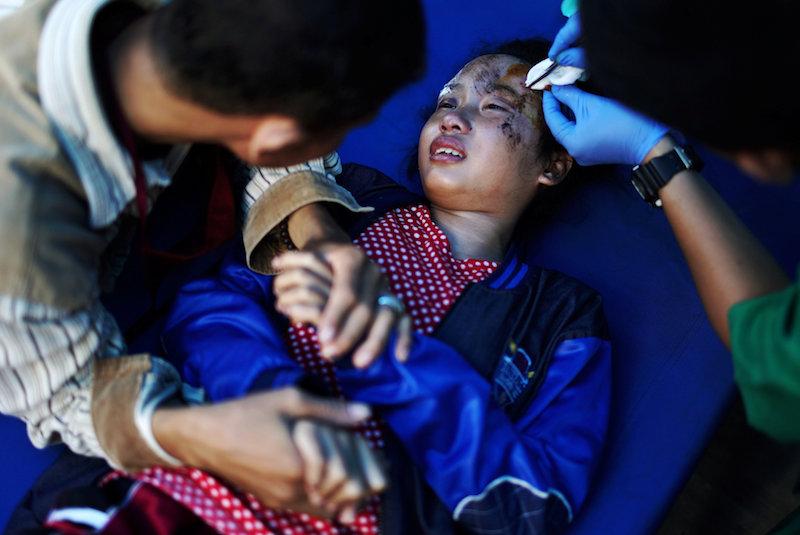PALU, Indonesia—Children in the Indonesian city of Palu began returning to school on Oct. 8 to tidy up their classrooms and to help gather data on how many of them will be coming back 10 days after a major earthquake and tsunami hit their city.
The 7.5 magnitude quake on Sept. 28 brought down many buildings in the small city on Sulawesi island, 1,500 km (30 miles) northeast of Jakarta, while tsunami waves smashed into its beachfront.





